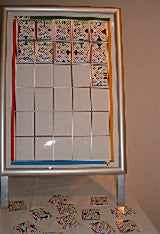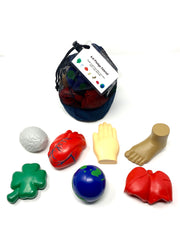SimbolsTM Toolset
This is the single board version of Simbols™ and comes with a carrying case and single write-on wipe-off metallized game board.
Simbols™ toolset
Communicating effectively involves making choices.
One fundamental choice is the selection of the medium of communication - and never have more options been available to us.
But however good the communication systems we put in place, achieving genuinely shared meaning ultimately depends upon the quality of the content we choose.
This exercise requires participants to do three things. The first is to set up and manage an effective communication system that everyone understands and can use efficiently.
The second is to develop a dialogue which will lead to a common understanding of abstract concepts.
The final element of Simbols recognises that organizational communication exists primarily to support the achievement of tasks. With clear communication in place, Simbols challenges teams to deliver, against very tight time and quality targets, a successful solution to the problem they face.
The design of the Simbols activity and the complexity of the information can lead to confusion, ambiguity and uncertainty. To avoid this, precise descriptive language and careful feedback and checking skills must be applied. However, this happens in a context of time pressure, in which implementation must be 'right first time'.
Excellent communication is not enough: the team must also demonstrate excellent project planning and process improvement.
Teams respond to the challenge the activity offers, enjoying 'pitting their wits' against the problem and seeing tangible proof of improving performance. In addition, they develop key skills that are of significant value in team briefing, coaching, instructing and delegating task responsibility to others.
Simbols™ toolset
Communicating effectively involves making choices.
One fundamental choice is the selection of the medium of communication - and never have more options been available to us.
But however good the communication systems we put in place, achieving genuinely shared meaning ultimately depends upon the quality of the content we choose.
This exercise requires participants to do three things. The first is to set up and manage an effective communication system that everyone understands and can use efficiently.
The second is to develop a dialogue which will lead to a common understanding of abstract concepts.
The final element of Simbols recognises that organizational communication exists primarily to support the achievement of tasks. With clear communication in place, Simbols challenges teams to deliver, against very tight time and quality targets, a successful solution to the problem they face.
The design of the Simbols activity and the complexity of the information can lead to confusion, ambiguity and uncertainty. To avoid this, precise descriptive language and careful feedback and checking skills must be applied. However, this happens in a context of time pressure, in which implementation must be 'right first time'.
Excellent communication is not enough: the team must also demonstrate excellent project planning and process improvement.
Teams respond to the challenge the activity offers, enjoying 'pitting their wits' against the problem and seeing tangible proof of improving performance. In addition, they develop key skills that are of significant value in team briefing, coaching, instructing and delegating task responsibility to others.





